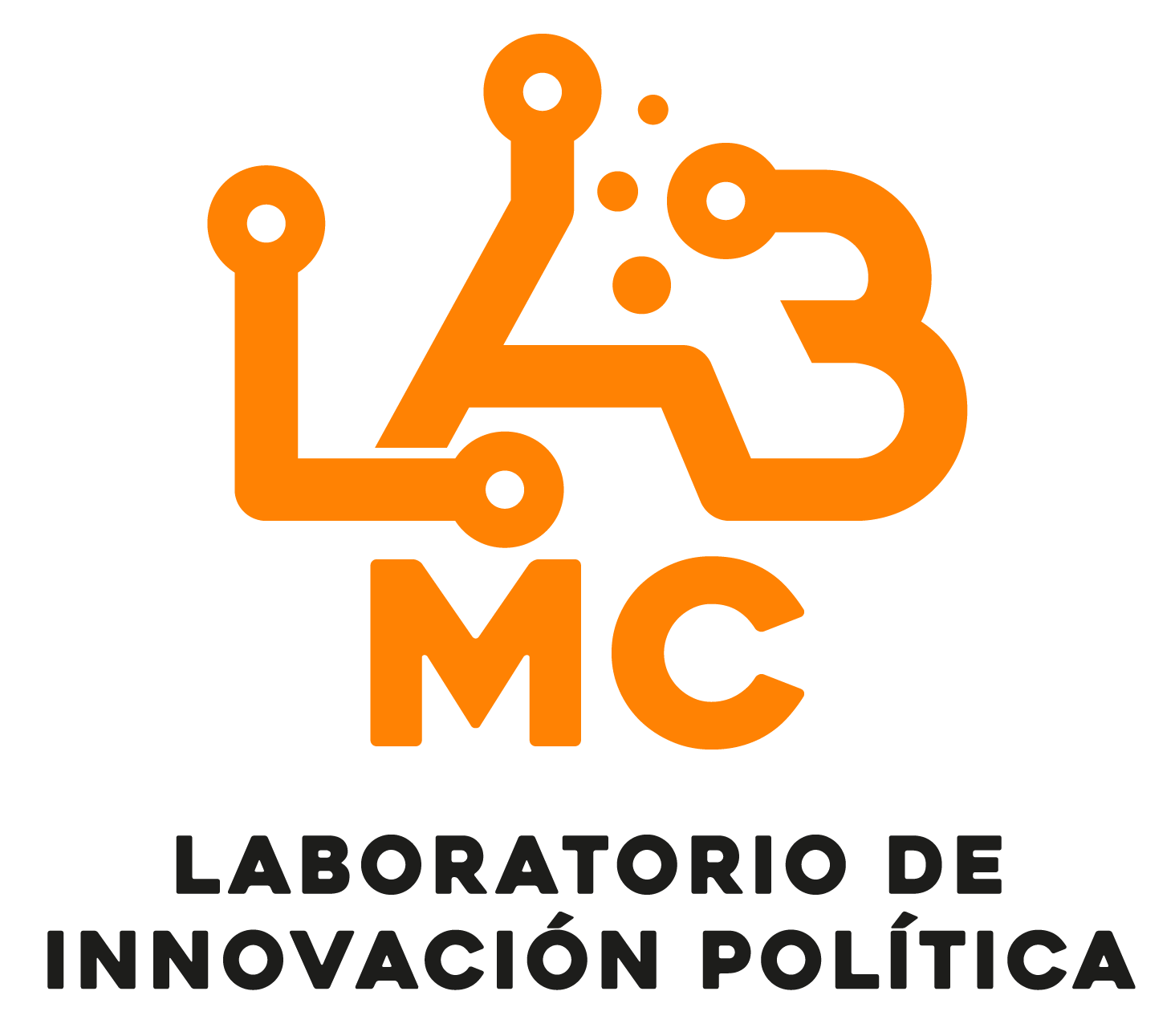Political participation
Political participation, in all its forms, constitutes an essential characteristic of a democratic regime, which goes beyond the simple act of voting in periodic elections. It encompasses a broader range of citizen involvement that is vital for the vitality of a democratic government.
Political participation is manifested through various mechanisms, such as elections, referendums, protests, activism, and collaboration with political organizations. In its most basic form, political participation involves informed decision-making by citizens, who—by exercising their right to vote—directly contribute to the election of representatives and, consequently, to the shaping of the government. However, this partitipation goes beyond the electroal sphere, extending to active angagement in policy formulation and oversight of public administration.(accountability
) and the defense of fundamental rights, in which areas technology plays a crucial role today.


Technology, and specifically the Internet, has given rise to new forms of participation within the framework of what some authors call “digital democracy,” in which digital platforms and social networks provide citizens with a virtual space where they can express their opinions, participate in political debates and contribute to the formation of public policies. This new channel, according to theorists of these new forms of participation, democratizes the political process by breaking down physical barriers and allowing a larger number of citizens to have a voice in matters that concern them, which are issues of public interest, whose discussion and handling transcend the physical public sphere, transitioning to spaces where virtuality comes into play (Brill, 2021).
In alignment, transparency and accountability are another pillar of digital democracy, as technology enables more effective dissemination of governmental information, from budgets to political decisions, allowing citizens access to crucial data that enables them to evaluate the actions of their representatives, promoting accountability and reducing opacity.
Sources of reference
Berg, S., & Hofmann, J. (2021). Digital Democracy. Internet Policy Rev., 10. https://link.springer.com/referenceworkentry/10.1007/978-1-4939-7131-2_100275
Brill, M. (2021). From Computational Social Choice to Digital Democracy. International Joint Conference on Artificial Intelligence. https://www.ijcai.org/proceedings/2021/698
Calvo, P.R., & Hidalgo, C.A. (2021). Los albores de la democracia digital. RECERCA. Revista de Pensament i Anàlisi. https://www.e-revistes.uji.es/index.php/recerca/article/view/6113
Fuchs, C. (2021). The Digital Commons and the Digital Public Sphere How to Advance Digital Democracy Today. https://www.semanticscholar.org/reader/d2390d7f707424e8d2e1ad755c0809652ddeed88
